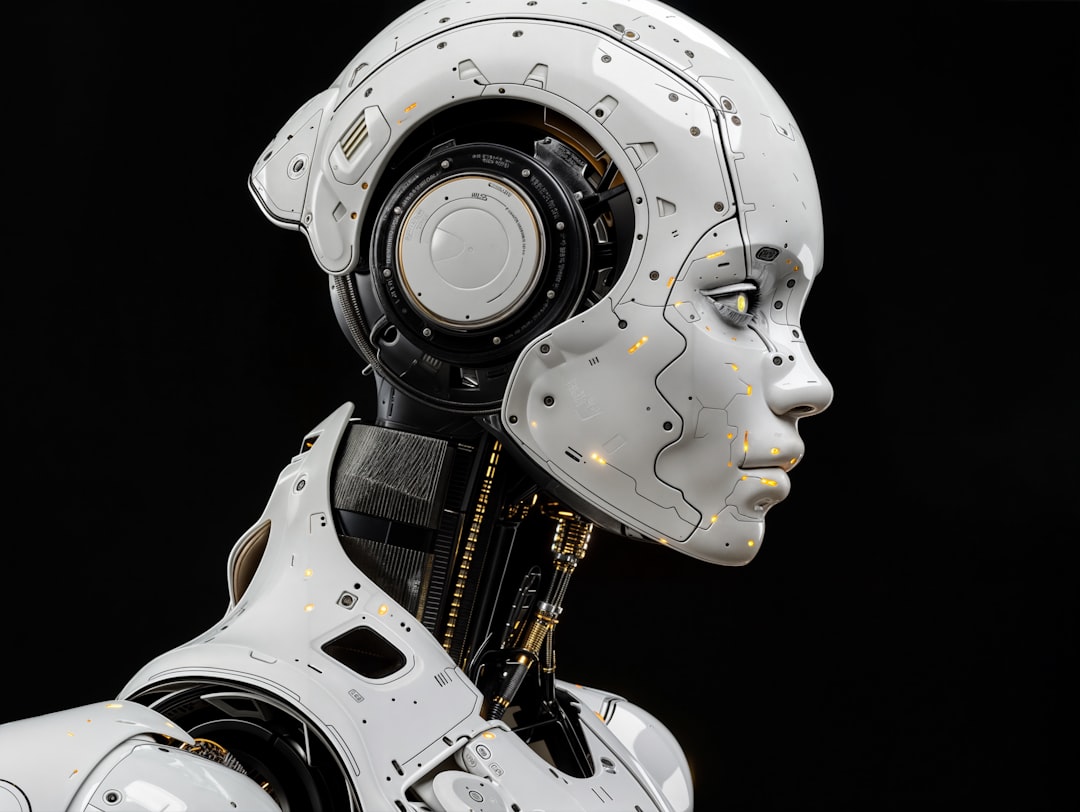In an age where artificial intelligence is accelerating the creative process, the question isn’t whether to use AI or humans, but rather how and when to use them. Enter SeeArt AI—an advanced AI-powered tool designed to assist in art generation, text editing, and creative enhancements. With its growing capabilities, some are wondering whether traditional editors are becoming obsolete. In reality, both SeeArt AI and traditional editors have their unique strengths and ideal use-cases.
This article explores the head-to-head comparison of SeeArt AI versus traditional editors. We’ll break down when it’s best to rely on the swift algorithms of AI and when the nuanced touch of a human editor is essential.
Understanding SeeArt AI
SeeArt AI is part of a newer generation of AI tools that combine the power of machine learning, natural language processing, and computer vision to assist in creative tasks. Whether it’s refining a short story, enhancing photographs, or generating compelling artwork, SeeArt AI can significantly streamline the process.
Key features of SeeArt AI include:
- Real-time grammar and style suggestions
- Image-based content generation
- Content summarization and simplification
- Integration with creative platforms
For creative professionals or content creators who work under deadlines, these tools can be a lifesaver. But is AI always the right choice?
What Traditional Editors Bring to the Table
Traditional editors—seasoned professionals with years of experience—offer what AI struggles with: contextual sensitivity, cultural nuance, and emotional intelligence. These are not just soft skills; they are critical to refining narratives, understanding tone, and engaging audiences on a human level.
Why traditional editors still matter:
- Understanding of voice and tone tailored to a specific audience
- Ability to offer comprehensive narrative feedback
- Emotional resonance and thematic cohesion
- Interpretation of ambiguous or abstract concepts
Sometimes, what you need isn’t speed—it’s precision and human insight.
SeeArt AI vs. Traditional Editors: A Side-by-Side Comparison
| Feature | SeeArt AI | Traditional Editors |
|---|---|---|
| Speed | Fast, often instantaneous | Slower, involves manual review |
| Accuracy | Good for basic grammar and structure | High, especially for complex language and context |
| Cost | Low (often free or subscription-based) | Higher (hourly or project-based compensation) |
| Creativity | Pattern-based, limited originality | Human creativity and emotional depth |
| Contextual Understanding | Limited by data training and prompt accuracy | High contextual intelligence and cultural awareness |
When to Use SeeArt AI
AI tools like SeeArt AI excel in certain environments and use-cases. If your main goal is to boost productivity without compromising too much on quality, it can be incredibly useful. Some scenarios where SeeArt AI performs exceptionally well include:
- Initial Drafting: Getting text or visual content started quickly.
- Basic Editing: Grammar, spell check, simple rewrites.
- Idea Generation: Producing initial concepts or outlines.
- Content Localization: Translating and adapting base content into different formats or languages.
For instance, a social media manager might use SeeArt AI to generate ten caption ideas for a product photo. While not all may be perfect, it provides a strong starting point.

However, not all its applications are limited to writing. SeeArt AI’s visual capabilities can also help generate storyboards, infographics, and even design mockups—saving hours of preliminary work.
When to Trust a Traditional Editor
While AI is great for getting started, human editors are essential when the quality stakes are high. Here are scenarios where a traditional editor is irreplaceable:
- Literary Publishing: Books, essays, and articles requiring depth and nuance.
- Academic Work: Ensuring research, arguments, and citations are accurate.
- Brand Messaging: Crafting a voice and tone that align with identity.
- Sensitive Topics: Handling emotional or controversial themes with care.
In such projects, an editor is not just correcting language—they’re collaborators in the creative process.

Using Both for Optimal Results
In most modern creative workflows, the best results come from a hybrid approach. Combining the speed and efficiency of SeeArt AI with the judgment and experience of a traditional editor can produce content that’s both high-quality and efficient.
Here’s a recommended workflow:
- Use SeeArt AI to generate the first draft or design concept.
- Iterate input until the content meets a rough standard of quality.
- Pass the work to a human editor for refinement, strategic input, and emotional resonance.
- Finalize the project based on editor feedback and human review.
This ensures faster turnarounds while still maintaining content integrity. The AI handles the mechanical, and the editor refines the artistic.
Future Outlook: Will AI Replace Editors?
This is the million-dollar question. AI like SeeArt continues to evolve, growing in both capability and contextual sensitivity. But full replacement? Unlikely—at least for now.
Language and creativity thrive on human experience, and while machines can mimic patterns, they often miss intuition, subtext, and moral complexities. The best future is not one where we choose between AI and humans, but one where we combine their strengths to elevate each other’s capabilities.
Conclusion: Know the Right Tool for the Right Job
Deciding between SeeArt AI and traditional editors isn’t about which is better—it’s about context. AI is your draft partner. Your speed booster. Your brainstorm buddy. But when it comes to refining a message, making a story sing, or eliciting genuine emotion, human editors are unmatched.
Utilize SeeArt AI when you need speed, volume, or assistance with basic structure. Call in a traditional editor when you need soul, nuance, and a polished final product. And when in doubt—use both. In today’s fast-paced creative landscape, the most successful creators are those who know how to balance machine intelligence with human insight.

I’m Sophia, a front-end developer with a passion for JavaScript frameworks. I enjoy sharing tips and tricks for modern web development.
